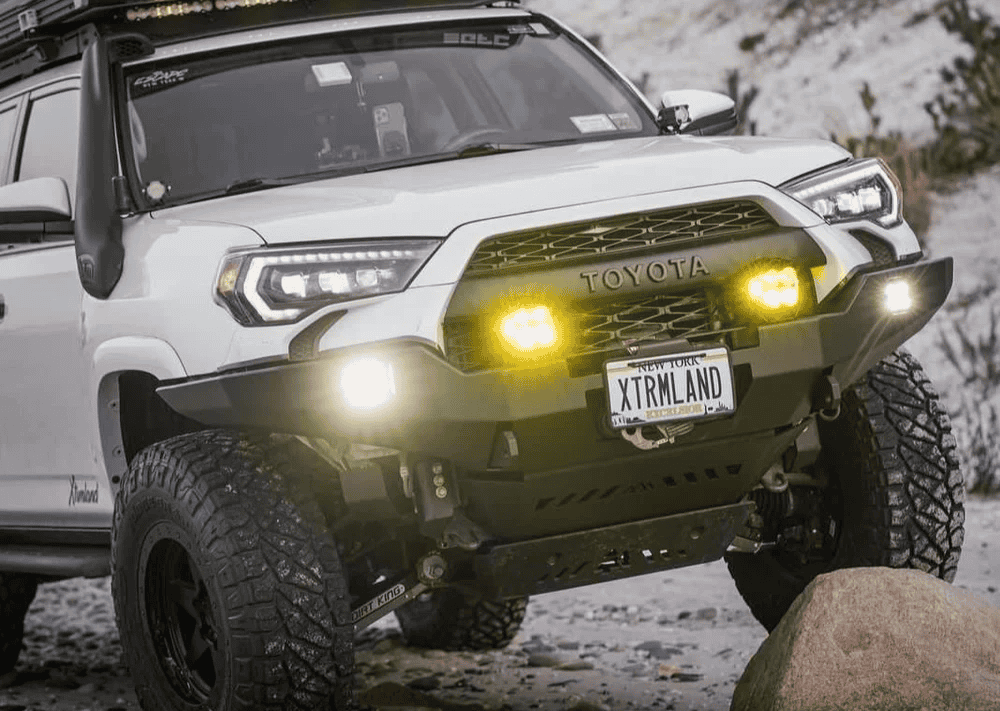Overland Vehicles

Before buying gear, map out how you actually use electricity. Think of your battery like a water tank and every appliance like a valve. You want a tank big enough for your trip and refill sources that keep up with daily use.
Start by listing all loads and their run time. Prioritize items that must stay on like a fridge or heater fan. Then separate 12 volt devices from 120 volt devices, since inverters add overhead.
If your total is 900 watt hours, that is about 75 amp hours at 12 volts. For two days of autonomy without charging, you want roughly 150 usable amp hours.
Lithium iron phosphate batteries provide deep usable capacity, fast charging, and long cycle life. Absorbent glass mat batteries can work but they are heavier, charge slower, and tolerate less depth of discharge. Select an inverter only as large as needed for occasional 120 volt loads to keep idle draw low. Many modern rigs avoid high draw appliances that push you into an oversized inverter.
Every positive cable needs a fuse or breaker close to the source. Use proper cable gauge to limit voltage drop, and crimp lugs with quality copper and adhesive heat shrink. Ground your system to the chassis properly and add a main disconnect. A battery monitor with a shunt gives accurate state of charge and takes the guesswork out of trip planning.
A resilient system blends different charging sources. No single method covers every scenario, so mix and match based on travel style and climate.
For alternator charging, a DC to DC charger set to the correct profile is essential, especially with smart alternators. For solar, combine a reliable MPPT controller with well routed cabling and proper strain relief. If you choose portable panels, store them safely and use locking connectors so nothing works loose on washboard roads.
Efficiency matters as much as production. Favor 12 volt fridges, LED lighting, and brushless fans. Induction and air conditioning are possible, but they demand a larger battery bank and strong charging inputs. If you plan to run either, increase solar, add higher current DC to DC charging, and consider seasonal use patterns.
Clean architecture makes field service simple. Build a central fuse panel for 12 volt loads and a separate bus structure for the high current side that includes the battery, solar controller, DC to DC charger, and inverter. Keep high current cables short and secure. Label every circuit so you can isolate an issue fast on the trail.
A practical layout includes:
Instrument your system. A shunt based monitor shows real time amps, watt hours consumed, and state of charge. Add temperature sensors for batteries if your travels include winter. Protect critical circuits with resettable breakers so you can bring a circuit back online after solving the root cause.
Build for rough roads. Use abrasion resistant loom, rubber grommets through metal, and cushion clamps to stop vibration. Strain relieve every connector and route cables to avoid pinch points under seats or near sliders. Neat wiring is not only beautiful, it is diagnostic speed when you need it.
A few efficiency plays stretch your capacity without adding weight:
When you know how to power an overland vehicle, you stop chasing outlets and start choosing better camp spots. The right system balances storage, charging, and efficiency so your days are quiet and your nights stay lit.
If you want your electrical system installed and tested by specialists who live this life, our team builds integrated power for rigs that actually leave pavement. We design around the way you travel, from long distance desert loops to wet forest weekends, and we deliver clean wiring, proper protections, and clear documentation you can trust on the trail.
Explore what we create for complete rigs here: Explore Overland Rigs. If you only need targeted electrical and outfitting work, see our upfit options: Custom Overland Upfit. Curious about our process and build philosophy before you book a consult? Start here: Why Choose OZK Customs.
We build reliable power systems as part of complete custom adventures or focused upfits, including lithium banks, DC to DC charging, solar arrays, shore charging, distribution panels, and monitoring. Tell us where you roam and what you need to run, and we will create the power plan that fits your route.
Ready to trust your power system on any road? OZK Customs designs and installs overland electrical systems that are quiet, efficient, and field serviceable. Tell us how you travel and we will build the right mix of lithium storage, DC to DC charging, solar, and protections so your rig stays powered day and night.
ADDRESS:
6159 E Huntsville Rd, Fayetteville, AR 72701
PHONE:
(479) 326-9200
EMAIL:
info@ozkvans.com